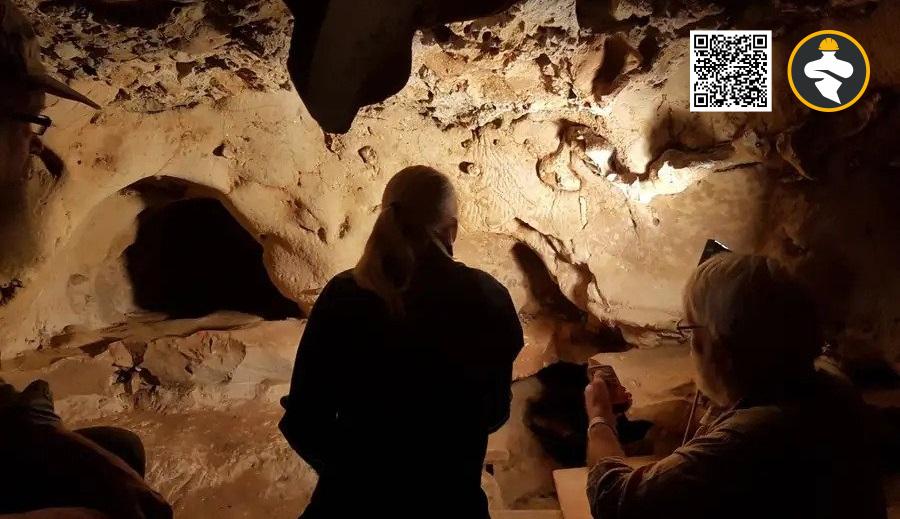A recent discovery in Spain has led researchers to believe that Neanderthals were not just primitive beings, but rather creative artists who left their mark on cave walls. The discovery of finger marks on cave walls in three different Spanish caves dates back to over 65,000 years ago and is said to be among the earliest known Neanderthal art.
By analyzing the patterns and shapes of the finger marks, researchers have found that Neanderthals intentionally left their mark on the walls. This challenges the traditional view of Neanderthals being solely concerned with practical activities, such as hunting and gathering.
The discovery further suggests that humans were not the only species capable of artistic expression. Neanderthals, who are often portrayed as brutish and uncultured, had the ability to think creatively and communicate non-verbally through art.
This finding is a reminder that creativity and self-expression have been a part of the human experience for thousands of years. It also highlights the importance of keeping an open mind when it comes to our understanding of human evolution.
Reference: NewScientist, Michael Marshall












